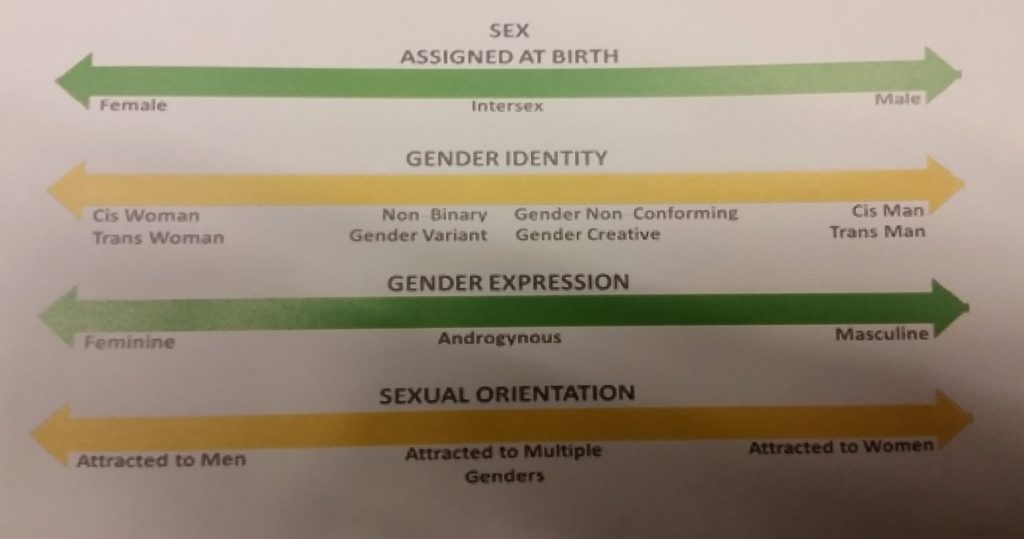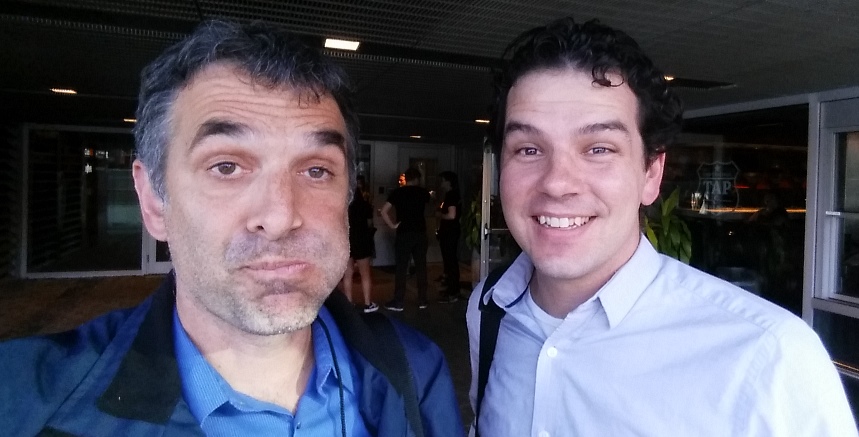Our first November meeting included an afternoon Workshop where we dug into our utility funds, as part of our annual budget deliberations. Utility rates are going up, folks. As we try to buffer the impacts of higher costs from the suppliers of our water and electricity, and those that receive and manage our waste stream, we run the risk of eroding our reserve funds. There is a lot to balance here, but sustainability is our primary concern.
Once we got to our regular evening meeting, and its pretty lengthy Agenda, the following items were Moved on Consent:
43 Hastings Street: Housing Agreement (43 Hastings Street) Bylaw No. 7941, 2017 to Secure Six Affordable Housing Units – Bylaw for Three Readings
This is the housing agreement that will protect the affordability and rental nature of this affordable housing project in perpetuity. This project is a partnership between the City, Catalyst, and Community Living, and will provide affordable housing to families in need, and adults living with disabilities. It is a small project, and not the whole answer to housing affordability in our community, but it is an example of what the City can do with our limited land and budget when we partner with social service agencies already operating in our community.
Council moved to approve the Bylaw for three readings.
Sign Bylaw Amendment: Housekeeping Amendment Bylaw (Sign Bylaw) 7961, 2017 – Bylaw for Three Readings
These are three minor amendments to our relatively young Sign Bylaw, addressing when a new business can install a sign, a bit of a language clarification on insurance requirements, and a clarification of the definition of “temporary” sign. Nothing here strikes me as earth-shattering.
Council moved to approve the Bylaw for three readings.
232 Lawrence Street: Official Community Plan Amendment and Rezoning Application from Queensborough Neighbourhood Residential Dwelling Districts (RQ-1) to Comprehensive Development Districts (CD –74) – Bylaws for Consideration of First and Second Readings
This Bylaw amends the Official Community Plan and Rezones a piece of City-owned land in Queensborough to permit the building of a daycare facility. Council moved to give the Bylaw two readings, meaning it will go to Public Hearing in November, so I will hold my comments until then.
Users Fees and Rates Review Bylaws for 2018, Bylaws for Three Readings
We received reports on these fee increases last week. This is the rate changes returned on Bylaw format, which Council approved going forward for three readings.
The rate for a business license for a Tea Cup Reader has not been increased. Still a bargain at $46.93 a year.
Revenue Anticipation Borrowing Amendment Bylaw No. 7962, 2017 for 3 readings
The City maintains a $3Million line of credit to prevent us running into a cash shortage as we process various payments. The law says we can’t borrow without Bylaw approval by Council, so we do this annually to keep everything on the up-and-up. Council approved this for three readings.
Mercer Stadium Skatepark Relocation- Preferred Location
The Skate park next to Mercer Stadium has to go, because the new High School is going to be built on top of it. Fortunately, it is pretty much at the end of its useful life, so the timing for building a new skate park is good, and we have reserves in the budget for this work. We just need to find a spot for the new Skate Park.
The City spent a year doing public consultation and options analysis (who can forget the City hiring a guy named Hippie Mike?) and now have a well-developed options strategy. If all goes as planned, we will replace the old skate park with a larger family-friendly facility at Queens Park, near the former Arenex site, and a smaller more “Urban” skate spot downtown under the Parkade.
We are now going to enter into a participatory design process. Frankly, none of Council knows much about skate park design, so we need the skating public to tell us what works. C’mon out and tell us what you think.
220 Carnarvon Street (Holy Trinity Romanian Orthodox Church): Heritage Designation and Zoning Amendment Bylaws – Bylaws for Consideration of First and Second Readings
This little church downtown wants to expand a bit on its footprint to allow for a residential unit and a new Community Room. This requires a zoning amendment, which will come with Heritage Designation for the building. This project will go to Publci Hearing, so I will hold my comments until then.
602 and 620 Ewen Avenue and 257 Boyne Street: Development Permit Application to Allow a 16 Unit Townhouse Development – Issuance of Development Permit
This is one of the later steps on a very long approval process for this relatively small townhouse project in Queensborough. Council voted to approve the issuance of the Development Permit after some revisions after design panel, approval by the Q’Boro RA, and a public hearing for the zoning amendment back in May of 2016.
1102, 1110, 1116 and 1122 Salter Street: Development Permit Application to Allow a 78 Unit Residential Development – Issuance of Development Permit
This Development Permit issuance for this large townhouse project in Queensborough comes after the Public Hearing in May 2017, when Council approved the zoning.
Recommendations from the International Relations Task Force
The City is working on a reconciliation process, and these are some steps that are occurring at the same time. I’m a little concerned, based on the previous conversation the City, that the topic of the Begbie statue is going to dominate what needs to be a much larger conversation regarding the past, present, and future or our City. However, it appears to me that everyone involved is entering these discussions with open ears, and a genuine desire to seek consensus and understanding. I am looking forward to the conversation.
The following items were Removed from Consent for discussion:
Proposed Potash Export Facility at Fraser Surrey Docks
A mining company is applying to the Port for permits to build a facility at Fraser Surrey Docks to move potash through their facility (I blogged some early comments about this already). To reiterate, this is early in the review process. At this stage, our best approach is to clearly define to the Port what concerns we may anticipate having, so that they can assure those impacts are addressed in the review process.
Potash is a pretty innocuous substance compared to almost any other bulk commodity – its not acutely toxic, carcinogenic, or flammable. As far as a nuisance, it doesn’t smell bad and in the forms used for shipping it is hard to generate a meaningful amount of dust. I think noise, light pollution, and dust are the impacts likely to concern our residents here, and we need to let the Port know we will be reviewing and commenting upon their studies in these areas.
Status of the Trans Mountain Pipeline Expansion Project
In contrast to Potash, diluted bitumen is demonstrably nasty stuff for human health and the environment. Kinder Morgan has provided some revised route maps that put a significant portion of the pipeline immediately adjacent to the Brunette River on the New West – Burnaby – Coquitlam border.
In my opinion, building this pipeline along the Brunette River, through areas that were improved as compensatory habitat for other industrial construction, is an assault on our community, and an insult to the work of people like Elmer Rudolph from the Sapperton Fish and Game Club who spent decades returning the Brunette River to ecological health. This is one of the most valuable, and most threatened, ecological zones in the City, and we need to be vocal about our opposition to its being threatened like this.
Additionally, from a regional planning perspective, the triangle between Braid Station, the Brunette Overpass, and the Bailey Bridge is already highly constrained by rail infrastructure, riparian areas needing protection, and historic use. New West, Coquitlam, and MoT are challenged in finding a viable option to improve the transportation options though this area, and this pipeline routing will further constrain that already problematic situation. The NEB-regulated buffer areas around a high pressure pipeline moving half a million barrels of toxic and explosive hydrocarbons per day are, understandably, very constraining on other land use.
For these reason, we have to reiterate the proposed routing is simply not acceptable to New Westminster. I further requested that we cc our Member of Parliament about our concerns, as this pipeline is being built under Federal authority, and we need to let the alleged environmentalist running the country know about this crime.
Royal City Curling Club Funding Request
The RCCC applied for some financial assistance to help with some building capital improvements. I recused myself from this conversation. I don’t strictly have a conflict, I have no fiduciary interest and have not served on the board of the RCCC for 4 years, however I am a member of the club, and there is at least a perception of conflict if I advocate around the Council table for this project.
Proposed 2018 Schedule of Regular Council Meetings
Plan your social calendar accordingly.
Social Development Partnership Opportunities: New Provincial Government – Revised Attachment
There are many ways our local government can partner with senior government agencies to assure social development of the community is supported. We already have robust programs for homelessness, daycare, and social inclusion, and have worked hard to forge partnerships with senior government and not-for-profit agencies, but we simply don’t have the resources to act alone in making our community sustainable in the social pillar. Understanding where the new provincial government programs are heading, and identifying opportunities for us to make new partnerships is part of our larger strategy.
Density Bonus Program: Zoning Amendment Bylaw (Density Bonus) No. 7947, 2017 to Update Density Bonus Rates – Bylaw for First and Second Readings
We discussed this at greater length back in June 12, 2017. This is the program where we the development community may receive location-appropriate density rights above that envisioned in the OCP or Zoning Bylaw, in exchange for amenity money the City can use to build density-supporting infrastructure and community amenities, from daycare to public art. This program has been in place for 7 years, and this Bylaw adjusts the rates to better match the trends in regional development.
Council moved to give this Bylaw two readings, and send it to Public Hearing in November.
1084 and 1130 Tanaka Court and a Portion of the Tanaka Court Road Right of Way: Rezoning from M-2 to CD Zone
This is a vacant lot in the commercial area near Lowes, where rezoning is required to allow a three-story commercial building. This project will go to Public Hearing, so I will hold my comments until then.
118 Royal Avenue: Rezoning and Development Permit Application – Preliminary Report
This project is in the early stages, but will result in a mutli-family townhouse or rowhouse project adjacent to the playing field beside QayQayt school (St. Mary’s Park) where there is currently a single family home. The report outlines some concerns I had about the orientation of the development relative to the playing field, and the established desire to create a greenway connection aside this site, but it is again early in the process and there will be committee and public review of these plans before we make any big decisions.
We then went through a remarkably lengthy Bylaws shuffle:
Zoning Amendment Bylaw No. 7947, 2017 to Update Density Bonus Rates
As discussed above, this Bylaw to codify new Density Bonus rates was given two readings and will go to Public Hearing on November 27. C’mon out and tell us what you think!
Heritage Designation Bylaw (220 Carnarvon Street (Holy Trinity Romanian Orthodox Church)) No. 7958, 2017
Zoning Amendment Bylaw (220 Carnarvon Street (Holy Trinity Romanian Orthodox Church)) No. 7959, 2017
As discussed above, these Bylaws to permit the expansion and historic protection of the small church in Downtown was given two readings and will go to Public Hearing on November 27. C’mon out and tell us what you think!
232 Lawrence Street: Official Community Plan Amendment;
232 Lawrence Street: Rezoning Application from Queensborough Neighbourhood Residential Dwelling Districts (RQ-1) to Comprehensive Development Districts (CD –74)
As discussed above, these Bylaws to permit the development of a daycare facility on City lands in Queensborough was given two readings and will go to Public Hearing on November 27. C’mon out and tell us what you think!
Housing Agreement (43 Hastings Street) Bylaw No. 7941, 2017
As discussed above, this Bylaw to support an affordable housing development on City lands was given three readings.
Housekeeping Amendment Bylaw (Sign Bylaw) 7961, 2017
As discussed above, this Bylaw to make minor changes to our Sign Bylaw was given three readings.
Engineering User Fees and Rates Amendment Bylaw No. 7964, 2017;
Development Services Fees and Rates Amendment Bylaw No. 7967, 2017;
Cultural Services Fees and Charges Amendment Bylaw No. 7965, 2017;
Electrical Utility Amendment Bylaw No. 7963, 2017
These Bylaws to codify the proposed rate changes discussed ove the last couple of meetings were given three readings.
Revenue Anticipation Borrowing Amendment Bylaw No. 7962, 2017
This Bylaw that permits our finance department to secure a line of credit to protect our cash position was given three readings.
Zoning Amendment (420 Boyne Street Animal Shelter) Bylaw No. 7944, 2017
This Bylaw to permit the development of a new Animal Care facility on City land in Queensborough, which was given a Public Hearing on October 30, was adopted by Council. It is now the Law of the Land.
Street & Traffic Bylaw Amendment Bylaw No. 7957, 2017
This Bylaw to make housekeeping and language changes the Bylaw that makes our streets and parking lots work was adopted. It is now the Law of the Land, please adjust your behavior appropriately.
Finally:
Notice of Motion: Diversity Mandate for City Committees
I’m pretty excited to see Councillor Trentadue bring forward a Notice of Motion regarding diversity on our Council Advisory Committees. We will discuss next week!
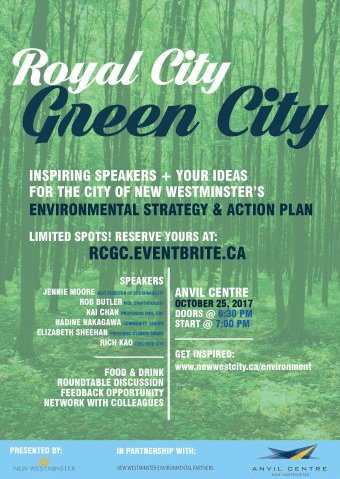
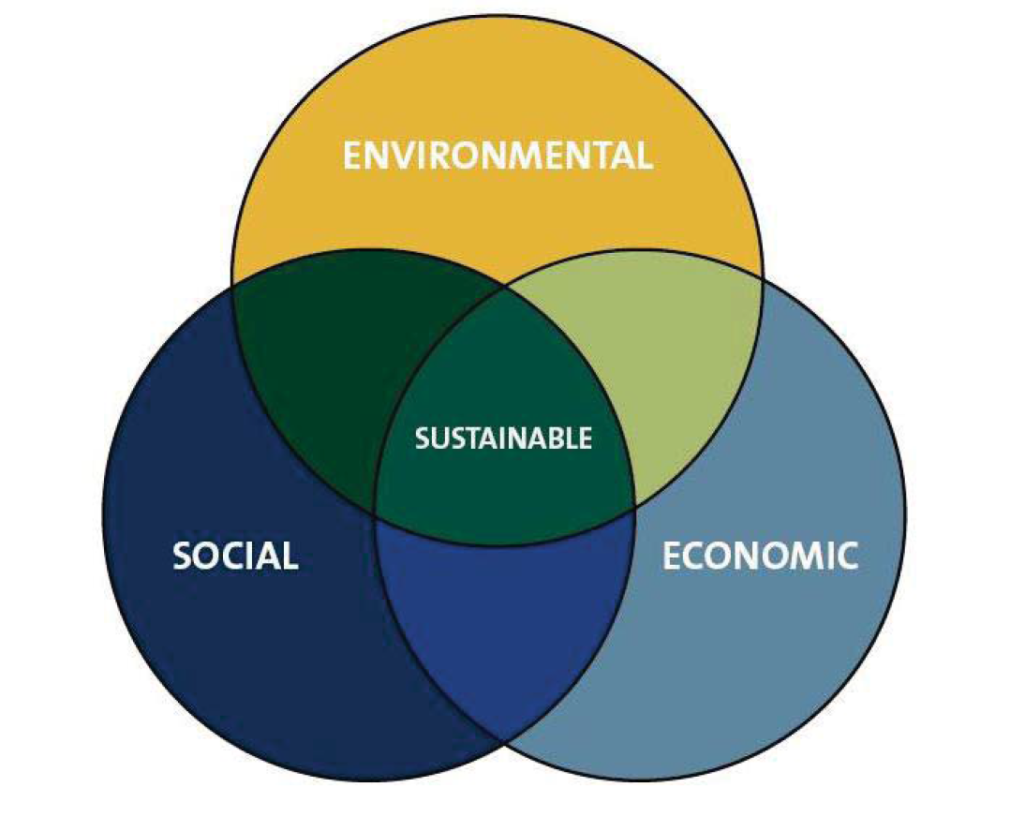
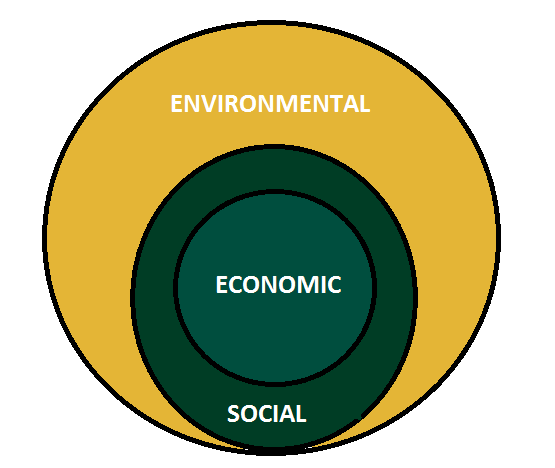 Actions, technologies, and organizations impact our economy, which in turn shape our society, which in turn impact the greater natural environment. When we shape policies, when we evaluate the worth of technology or price individual actions, we are using economic tools to adjust the shape of our society. If that re-shaping supports the protection of the natural environment in a way that doesn’t constrain future societies from access to natural resources, then we can call those actions “sustainable”.
Actions, technologies, and organizations impact our economy, which in turn shape our society, which in turn impact the greater natural environment. When we shape policies, when we evaluate the worth of technology or price individual actions, we are using economic tools to adjust the shape of our society. If that re-shaping supports the protection of the natural environment in a way that doesn’t constrain future societies from access to natural resources, then we can call those actions “sustainable”.